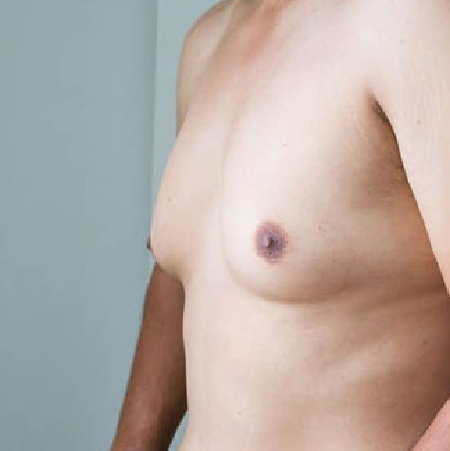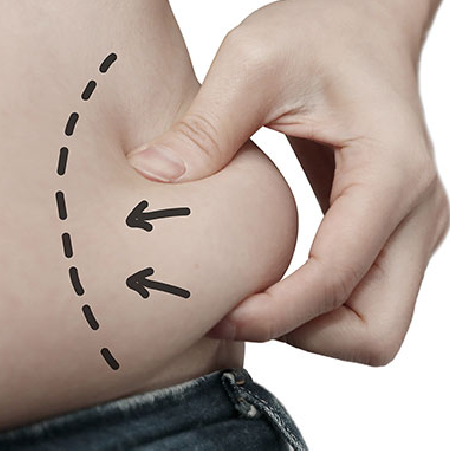Types of nose from the point of view of plastic surgery

Divide the types of nose from the point of view rhinoplasty to two basic types: the nose Sarcoma and nose Aledma , basic laboratory in distinguishing between the nose Sarcoma nose bone is the thickening of the skin, Valonov bone has a thin skin to the average thickness while the noses sarcomas have a skin thick.
Because of the thinness of the skin in the type of bony nose, the details of its structure appear more clearly, and this nose usually has stronger nasal cartilage, which makes the front of the nose appear stronger and less likely to hang down.
English model Irene O’Connor has a bony nose.
On the other hand, a fleshy nose does not reveal much of its bone and cartilage structure due to the thickness of its skin, and moreover, this nose has less thick cartilage tissue.
Albert Einstein and his meaty nose.
But this general rule is not always correct, meaning that some bony noses may have thick skin and some meaty noses may have thin skin.
A comparison between orthopedic rhinoplasty and meaty rhinoplasty
According to the types of nose, different techniques are used to perform rhinoplasty, so the challenge in meaty rhinoplasty is reshaping the front of the nose, where a good result is achieved in the fleshy nose by smoothing the sides of the nose and reshaping the front of the nose, but because of the possibility of a deviation in the nose. The lower part of fleshy noses after plastic surgery – which results from weak cartilage tissues and heavy skin – new techniques are used to support the front of the nose and prevent it from drooping.
As for the bony nose, small changes to its structure lead to distinctive results, unlike meaty noses, bony noses do not contain much fat under the skin, and the swelling after the operation is less in bony noses than it is in meaty noses, and in all types of nose the surgeon must To perform the operation with the highest possible precision, so that no asymmetry is produced in the final result, and choosing a highly experienced and skilled surgeon will be the most important step in obtaining the desired result from a bony rhinoplasty or fleshy rhinoplasty.
The most common types of rhinoplasty operations in Iran
Natural rhinoplasty
In a ‘natural’ rhinoplasty, slight changes are made to the nose, and the result is a straight nose rather than a curved, and the angle between the front of the nose and the upper lip is not too wide in the natural rhinoplasty type.
A typical ‘natural’ nose job.
The ‘normal’ shape of bony noses
A ‘natural’ bony nose means that the front of the nose is not raised and the nasal bone is not too bent.
The ‘natural’ shape of meaty noses
A meaty nose usually accepts a ‘natural’ rhinoplasty procedure.
Fantasy rhinoplasty (Dolly nose)
In fictional rhinoplasty, which is usually referred to as ‘dolly nose’ in Iran, the nose is made very small and raised, and this gives desirable results, especially in the types of bony noses, which are more appropriate and attractive in small faces with soft features.
‘Dolly’ nose or ‘imaginary’ nose after rhinoplasty.
Fancy rhinoplasty
The ‘semi-fanciful’ form of rhinoplasty is a process between the ‘natural’ nose shape and the ‘imaginary’ nose shape, in which the nose is curved less and the angle of the nose and lip is narrower than they are in a fictional rhinoplasty.
A ‘nearly imaginary’ nose after rhinoplasty.
The imaginary and semi-imaginary nose is more common among women than it is among men who prefer the natural nose shape, and the desired result in these two forms depends primarily on the skill and experience of the surgeon in addition to its dependence on the types and shapes of the nose.












